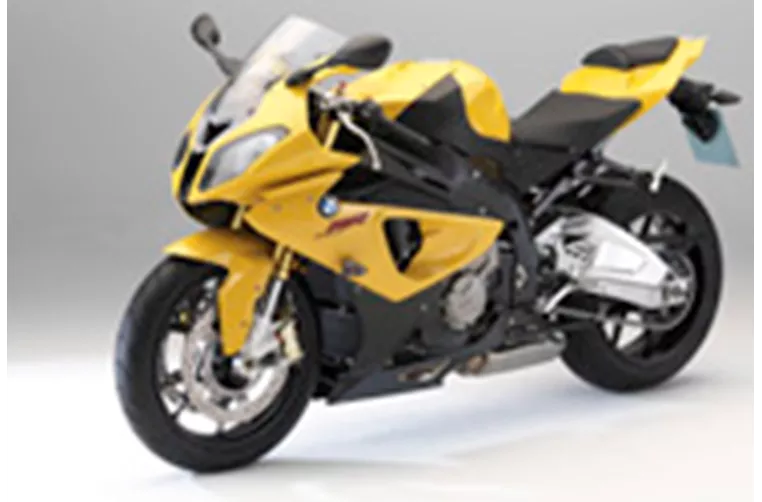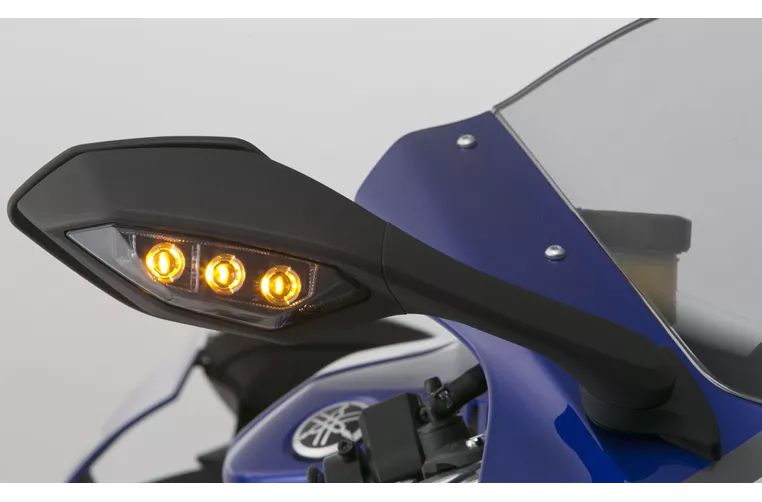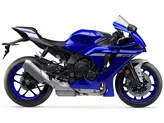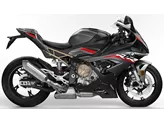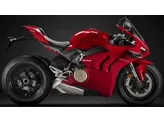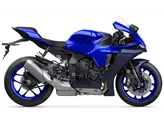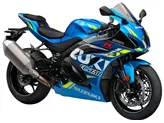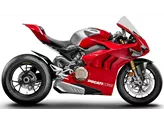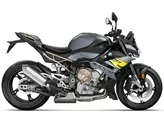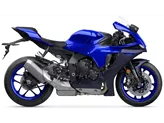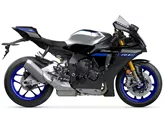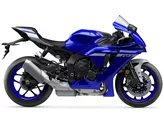BMW S 1000 RR 2011 vs. Yamaha R1 2015
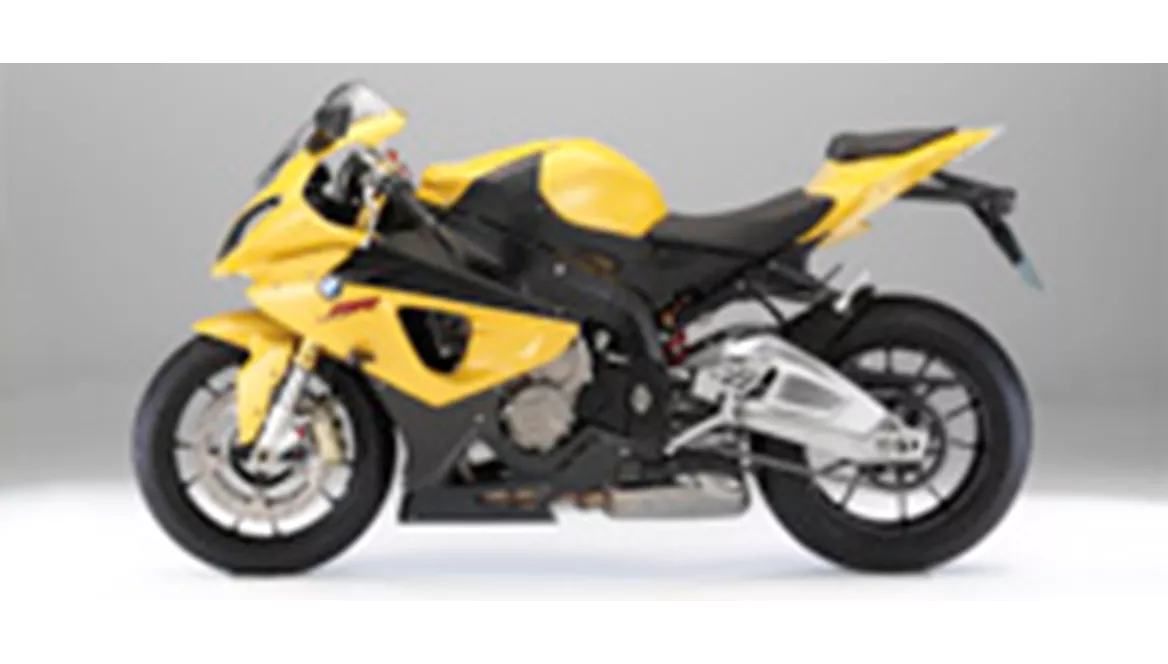
BMW S 1000 RR 2011

Yamaha R1 2015
Overview - BMW S 1000 RR 2011 vs Yamaha R1 2015
The BMW S 1000 RR 2011 and the Yamaha R1 2015 are both powerful and high-performance supersport motorcycles. Let's compare these two models in terms of their technical specifications and strengths and weaknesses.
In terms of engine and drive train, the BMW S 1000 RR 2011 has a bore of 80 mm and a stroke of 49.7 mm, while the Yamaha R1 2015 has a slightly smaller bore of 79 mm and a stroke of 50.9 mm. The engine power of the BMW S 1000 RR is 192 HP, while the Yamaha R1 has a slightly higher engine power of 200 HP. Both motorcycles have a torque of around 112 Nm and a compression ratio of 13. They both have 4 cylinders and a displacement of around 1000 ccm.
In terms of suspension, the BMW S 1000 RR 2011 has a telescopic fork front suspension, while the Yamaha R1 2015 has an upside-down telescopic fork front suspension. Both motorcycles have an aluminum frame, but the BMW S 1000 RR has a twin tube frame type, while the Yamaha R1 has a Deltabox frame type. Both motorcycles have double disk front brakes and similar tire widths.
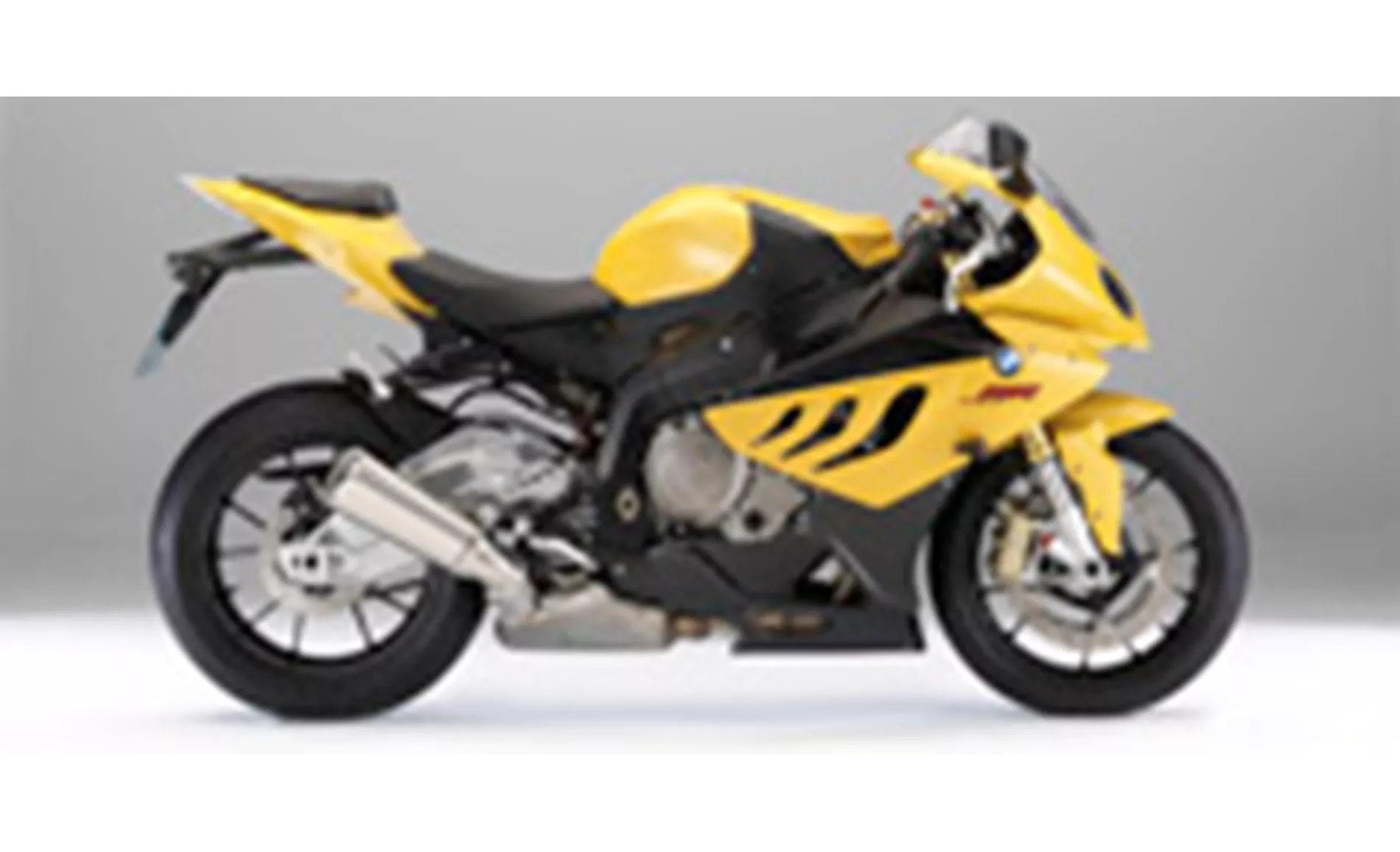
BMW S 1000 RR 2011
In terms of dimensions and weights, the BMW S 1000 RR has a slightly longer wheelbase of 1432 mm compared to the Yamaha R1's 1405 mm. The seat height of the BMW S 1000 RR is 820 mm, while the Yamaha R1 has a higher seat height of 855 mm. The kerb weight of the BMW S 1000 RR with ABS is 207 kg, while the Yamaha R1 is slightly lighter with a kerb weight of 199 kg. Both motorcycles have a similar fuel tank capacity of around 17 liters.
Now let's discuss the strengths and weaknesses of each motorcycle. The BMW S 1000 RR 2011 has improved driveability with an optimised torque curve, providing a smooth and powerful acceleration. It has plenty of power and a strong engine, allowing for exhilarating speed. The BMW S 1000 RR also has a good traction point and an immaculately functioning shift assist, making gear changes seamless.
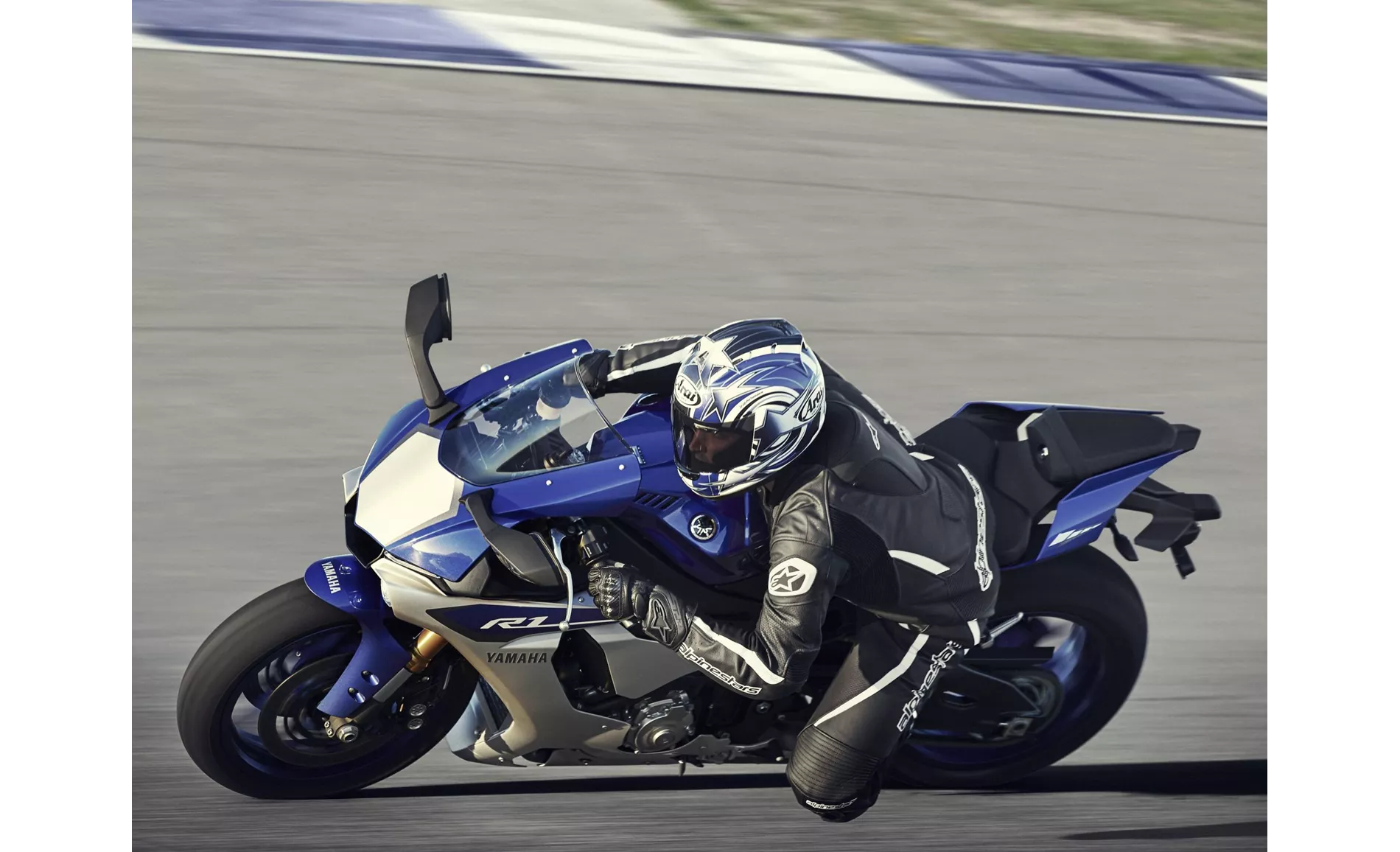
Yamaha R1 2015
On the other hand, the Yamaha R1 2015 is known for its crazy sound and rev-happy engine with a strong peak. It offers a great racing feeling in the saddle, providing an adrenaline rush for riders. The Yamaha R1 also has a superior electronics package, offering advanced features and technology. Additionally, it is known for its high-quality workmanship, ensuring durability and reliability.
However, the BMW S 1000 RR 2011 has a weakness in terms of accelerating load, which can be fatiguing for riders. On the other hand, the Yamaha R1 2015 has a torque sag in the middle, which may affect its performance. It also has some stability issues in the braking zone, which can be a concern for riders.
In conclusion, both the BMW S 1000 RR 2011 and the Yamaha R1 2015 are high-performance supersport motorcycles with their own strengths and weaknesses. The BMW S 1000 RR offers improved driveability and a strong engine, while the Yamaha R1 provides a great racing feeling and superior electronics. Riders should consider their preferences and priorities to choose the motorcycle that suits them best.
Technical Specifications BMW S 1000 RR 2011 compared to Yamaha R1 2015
Pros and Cons in comparison
Pros and Cons in comparison
BMW S 1000 RR 2011

The most important changes to the S 1000 RR, however, were the numerous small adjustments to the chassis and geometry. Here we now benefit from thousands of test kilometres from the BMW test crew. This is logical evolution and a great step forward.
Yamaha R1 2015
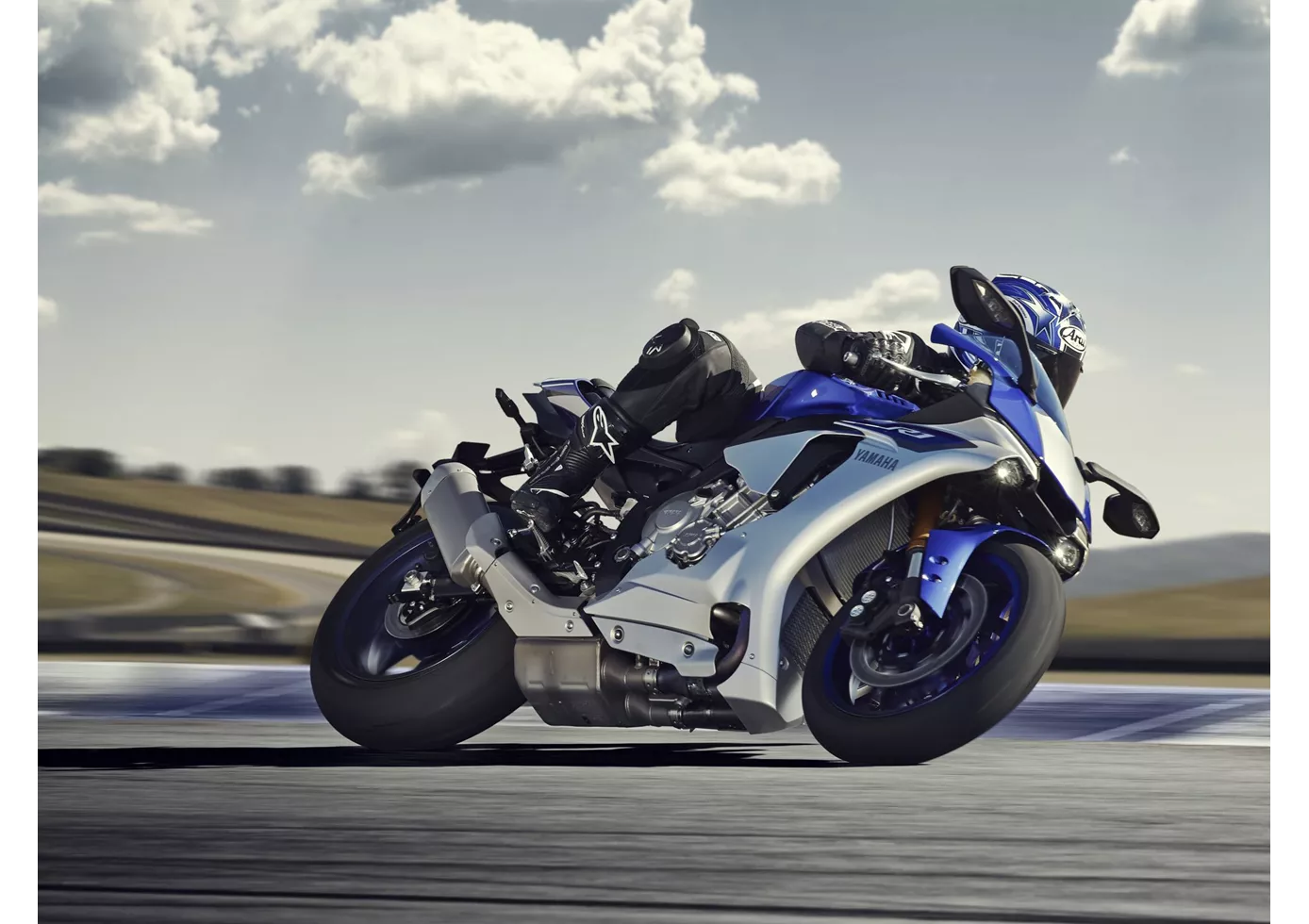
The new R1 is a big hit and no longer compares to the previous model. This was considered a good country road bike and heavy investments had to be made for excursions to the race track. Now it is the other way round. The new R1 has been developed with a clear focus on the race track. The electronics package seems outstanding, technology freaks will get their money's worth. Yamaha fans have to buy it, they finally have a worthy motorbike. The R1 has slight weaknesses when braking - it becomes a little unstable here. If you want to buy a ready-made racing bike without having to work on the chassis, you'd better go for the R1M. The Öhlins electronic suspension works perfectly and has no weaknesses. For pure racetrack use, the second weakness of the R1 can easily be ironed out. The torque hole in the middle can be easily ironed out with a new mapping.
Price Comparison Avarage Market Price BMW S 1000 RR vs Yamaha R1
There are a few key differences between a BMW S 1000 RR 2011 and a Yamaha R1 2015. There are the same number of bikes of both models available on the 1000PS.de marketplace, specifically 5. It takes less time to sell a BMW S 1000 RR with 47 days compared to 76 days for a Yamaha R1. Since model year 2010 1000PS.de editors have written 135 reviews for the BMW S 1000 RR and 80 reviews for the Yamaha R1 since model year 2005. The first review for the BMW S 1000 RR was published on 16/04/2008 and now has more than 4,000 views. This compares to more than 3,900 views for the first review on Yamaha R1 published on 28/04/2003.
